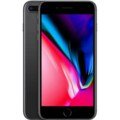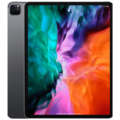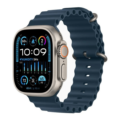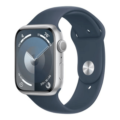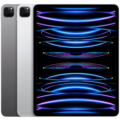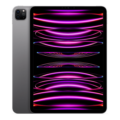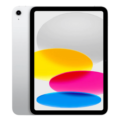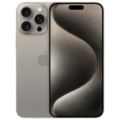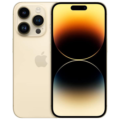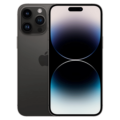- Home
- Apple Devices
- Apple iPhone
- Apple iPhone XR Specifications: A Detailed Review
Apple iPhone XR Specifications: A Detailed Review
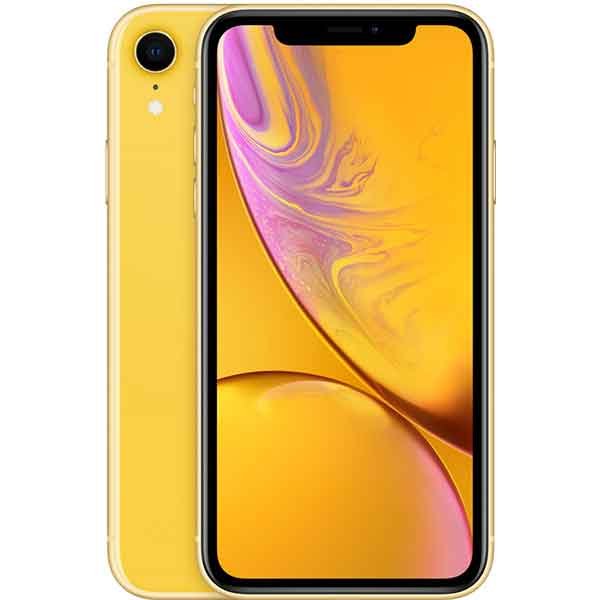

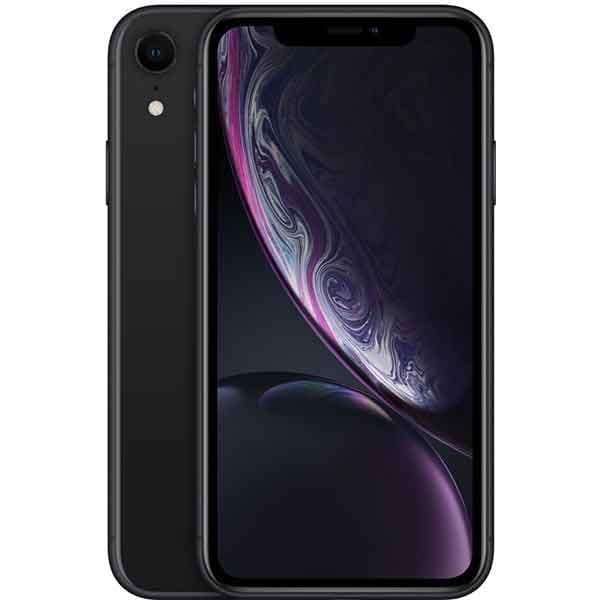
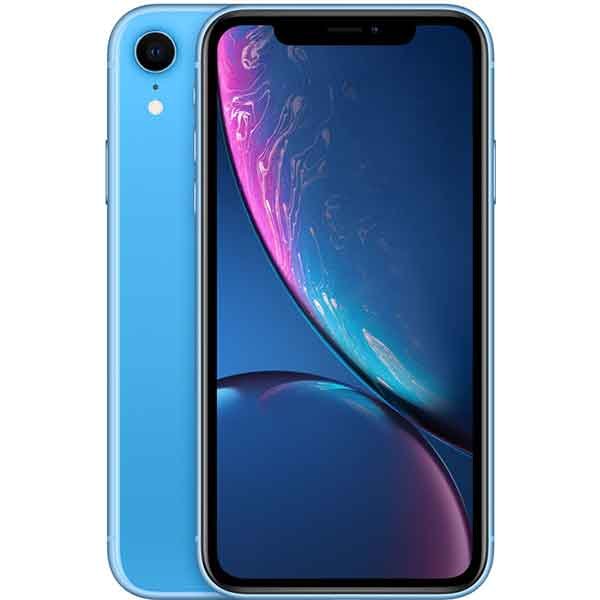
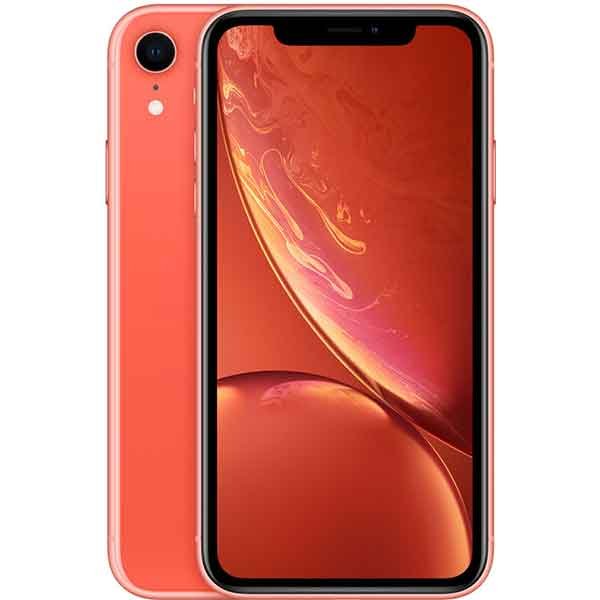


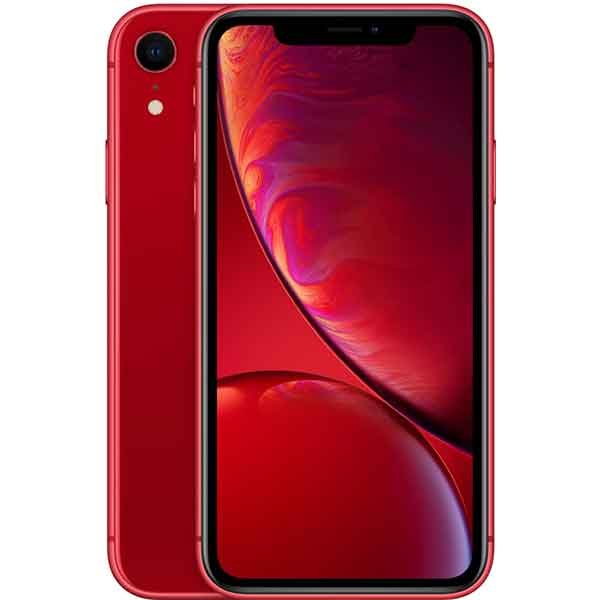
SPECIFICATIONS
General
| Status | Available |
| Announced | Released 2018, October |
| Released | 15 September, 2025 |
| Model |
A2105 (Global market) A1984 (USA, Canada, Puerto Rico, U.S. Virgin Islands) A2107 (China) A2108 (China, Hong Kong, Macau) A2106 (Japan) |
| Price Apple iPhone Price in USA, UK, Canada, Australia, India, Pakistan, China, Japan and Europe |
USA - 64GB ($599) || 128GB ($649) UK - 64GB (£629.00) 128GB (£679.00) Pakistan - 64GB (Rs.134,499) || 128GB (Rs.144,499) || 256GB (Rs.205,900) India - 64GB (₹47,429) || 128GB (₹53,939) || 256GB (₹64,900) |
Network
| Technology | GSM / CDMA / HSPA / EVDO / LTE |
| 2G Network |
GSM 850 / 900 / 1800 / 1900 - SIM 1 & SIM 2 (dual-SIM) - for China CDMA 800 / 1900 |
| 3G Network |
HSDPA 850 / 900 / 1700(AWS) / 1900 / 2100 CDMA2000 1xEV-DO |
| 4G Network | LTE band 1(2100), 2(1900), 3(1800), 4(1700/2100), 5(850), 7(2600), 8(900), 12(700), 13(700), 14(700), 17(700), 18(800), 19(800), 20(800), 25(1900), 26(850), 29(700), 30(2300), 32(1500), 34(2000), 38(2600), 39(1900), 40(2300), 41(2500), 66(1700/2100), 71(600) |
| Speed | HSPA 42.2/5.76 Mbps, LTE-A, EV-DO Rev.A 3.1 Mbps |
| GPRS GPRS (General Packet Radio Service) is a packet oriented mobile data service on the 2G and 3G cellular communication system's global system for mobile communications (GSM), Generally, GPRS is used for the purpose of wireless data transfer, such as sharing pictures and videos or browsing the Internet via a mobile phone connection. | |
| EDGE EDGE (Enhanced Data GSM Environment) is a wireless network technology generally considered the next step in the 2G network offers data transfer rates up to four times faster than ordinary GSM networks, Generally, EDGE is used for the purpose of wireless data transfer, such as sharing pictures and videos or browsing the Internet via a mobile phone connection. |
Body
| Dimensions | 150.9 x 75.7 x 8.3 mm (5.94 x 2.98 x 0.33 in) |
| Weight | 194 g (6.84 oz) |
| Colors | Black, Red, Yellow, Blue, Coral, White |
| SIM SIM (Subscriber Identity Module) is a small card that contains mobile network subscriber's account information. This allows the phone using the card to attach to a mobile network. The SIM card is most commonly associated with GSM and UMTS mobile networks. Moving a SIM card from one phone to another allows a subscriber to switch mobile phones without having to contact their mobile network carrier. SIM cards can also be used by a phone to store limited amounts of data, such as phone numbers and text messages. | Single SIM (Nano-SIM and/or Electronic SIM card) or Dual SIM (Nano-SIM, dual stand-by) - for China |
Body
| Dimensions | 150.9 x 75.7 x 8.3 mm (5.94 x 2.98 x 0.33 in) |
| Weight | 194 g (6.84 oz) |
| Colors | Black, Red, Yellow, Blue, Coral, White |
| SIM SIM (Subscriber Identity Module) is a small card that contains mobile network subscriber's account information. This allows the phone using the card to attach to a mobile network. The SIM card is most commonly associated with GSM and UMTS mobile networks. Moving a SIM card from one phone to another allows a subscriber to switch mobile phones without having to contact their mobile network carrier. SIM cards can also be used by a phone to store limited amounts of data, such as phone numbers and text messages. | Single SIM (Nano-SIM and/or Electronic SIM card) or Dual SIM (Nano-SIM, dual stand-by) - for China |
Display
| Display Type Display Technology => A number of display technologies and types used in mobile phones => TFT (Thin Film Transistor), IPS (In-Place Switching), OLED (Organic Light Emitting Diode), AMOLED (Active-Matrix Organic Light-Emitting Diode), Super AMOLED (an even advanced version of AMOLED), Resistive Touchscreen (Resistive touchscreens contain two layer of conductive material with a very small gap between them which acts as a resistance), Capacitive Touchsceen (Capacitive touchscreen technology consists of a layer of glass coated with a transparent conductor) | Liquid Retina IPS LCD capacitive touchscreen, 16M colors |
| Size | 6.1 inches, 90.3 cm2 (~79.0% screen-to-body ratio) |
| Display Colors Display Colors is refers to the number of different shades of colors that the screen is capable of displaying => 64K colors, 256K colors and 16 million colors, Obviously 16M is highest available range of colors and better than others. | 16M |
| Resolution | 828 x 1792 pixels, 19.5:9 ratio (~326 ppi density) |
| Pixel Density Pixel Density (PPI) is refers to the concentration of pixels on a particular display, measured in pixels per inch (ppi). Pixel density is calculated by dividing the diagonal pixel resolution of a display by its diagonal size, higher pixel density better display quality. | ~326 ppi |
| Touch Screen | capacitive touchscreen |
| Display Protection Display Protection => Gorilla Glass is a special alkali-aluminosilicate glass shield with exceptional damage resistance that helps protect mobile displays from scratches, drops, and bumps of everyday use, It is always better to go for a smartphone with Gorilla Glass for that added protection and peace of mind. | Scratch-resistant glass, oleophobic coating |
| Multitouch | |
| Features |
Front/back glass, aluminum frame (7000 series) IP67 dust/water resistant (up to 1m for 30 mins) Apple Pay (Visa, MasterCard, AMEX certified) 625 nits True-tone Wide color gamut 120 Hz touch-sensing |
Camera
| Primary Camera is able to capture photographs and usually videos, The most important characteristics of a camera are the resolution (measured in megapixels), lens focus type (fixed or automatic), higher megapixel cameras are known to capture higher quality photos, but not always a good measurement of the photos quality. | 12 MP, f/1.8, 26mm (wide), 1/2.55", 1.4µm, PDAF, OIS |
| Video | 1080p@60fps |
| Camera Features |
- TOF 3D camera - HDR - TrueDepth camera - Portrait mode with advanced bokeh and Depth Control - Portrait Lighting with six effects (Natural, Studio, Contour, Stage, Stage Mono, High-Key Mono) - Animoji and Memoji |
| Selfie Camera | Dual 7 MP, f/2.2, 32mm (standard) |
| Video | 1080p@60fps |
| Camera Features |
- TOF 3D camera - HDR - TrueDepth camera - Portrait mode with advanced bokeh and Depth Control - Portrait Lighting with six effects (Natural, Studio, Contour, Stage, Stage Mono, High-Key Mono) - Animoji and Memoji |
Software
| Operating System OS => Every computer system run on a base software called Operating System (OS). Operating System controls all basic operations of the computer (such as smartphone, PDAs, tablet computers and other handheld devices). The Operating System allows the user to install and run third party applications (apps), apps are used to add new functionality to the device. | iOS 12, upgradable to iOS 13 |
| Browser (Default) | Safari |
Hardware
| Chipset Chipset is a group of integrated circuits designed to perform one or a more dedicated functions, often with real time computing constraints, Popular smartphones are equipped with more advanced embedded chipsets that can do many different tasks depending on their programming. | Apple A12 Bionic (7 nm) |
| CPU CPU (Central Processing Unit) mostly known as processors, CPU processes instructions in order to carry out certain functions that make your device operate properly. Processors are often described as the brain of computers, smartphones and tablets, Smartphones and tablets rely on processors to carry out their every task, Processors are an incredibly important factor in selecting any type of computing device, including your smartphone. | Hexa-core (2x2.5 GHz Vortex + 4x1.6 GHz Tempest) |
| GPU GPU (Graphics Processing Unit) is a single-chip processor designed to rapidly manipulate and alter memory to accelerate the creation of images in a frame buffer intended for output to a display, This includes things such as lighting effects, object transformations, and 3D motion. | Apple GPU (4-core graphics) |
| RAM (Memory) RAM (Random Access Memory) is a type of computer memory that can be accessed randomly, any byte of memory can be accessed without touching the preceding bytes that allows information to be stored and accessed quickly from random locations. RAM is the most common type of memory found in computer systems, smartphones, tablets and other electronic devices. | 3 GB |
| Internal Storage Internal Storage is a data storage space (flash memory) mostly used in smartphones, tablets and other electronic devices where operating system, apps, music, photos, videos, files and other user data Is stored. | 64/128/256GB |
| Card Slot Memory Card Slot is a special slot for inserting a memory card. Memory cards allow you to expand the phone's built-in memory, A memory card (sometimes called a flash memory card or a storage card) is a small storage medium used to store data such as text, pictures, audio, and video, for use on small, portable or remote computing devices such as mobile phones, mp3 players, digital cameras. | NO |
| Sensors Sensors are electronic components that detects and responds to some type of input from the physical environment. The specific input could be light, heat, motion, moisture, pressure and location, The output is generally a signal that is converted to use in computing systems, a location sensor, such as a GPS receiver is able to detect current location of your electronic device. |
Face ID, accelerometer, gyro, proximity, compass, barometer Siri natural language commands and dictation |
Battery
| Battery Type Battery Type => Cell phones run on various kinds of batteries depending on the manufacturer, phone size or shape and features. There are basically four types of cell phone batteries => Lithium Polymer, Lithium Ion, Nickel Metal Hydride and Nickel Cadmium. | Li-Ion |
| Capacity Battery Capacity is a measure (typically in Amp-hr) of the charge stored by the battery, and is determined by the mass of active material contained in the battery. The battery capacity represents the maximum amount of energy that can be extracted from the battery under certain conditions. | 2942 mAh |
| Placement | Non-removable |
| Wireless Charging Wireless Charging (Inductive Charging) uses an electromagnetic field to transfer energy between two objects. This is usually done with a charging station. Energy is sent through an inductive coupling to an electrical device, which can then use that energy to charge batteries or run the device. | Yes - Qi wireless charging |
| Fast Charging | YES |
| Standby Standby Time is the total amount of time that you can leave your is fully charged, turned on and ready to send and receive calls or data transmissions before completely discharging the battery. | 16 Days |
| Talk Time Talk Time is the longest time that a single battery charge will last when you are constantly talking on the phone under perfect conditions, Ambient temperature and highly dependent on the cellular network environment such as the distance to the closest cell network tower. | Up to 25 hours |
| Audio Playback | Up to 65 hours |
| Video Playback | Up to 16 hours |
| Internet Usage | Up to 15 hours, |
Media
| Alert Types | Vibration, proprietary ringtones |
| Loudspeaker | Yes, with stereo speakers |
| 3.5mm Jack | |
| FM Radio | NO |
| Features | Active noise cancellation with dedicated mic |
Connectivity
| Bluetooth Bluetooth is a wireless communications technology for exchanging data between mobile phones, headsets, computers and other network devices over short distances without wires, Bluetooth technology was primarily designed to support simple wireless networking of personal consumer devices. | 5.0, A2DP, LE |
| Infrared Infrared connectivity is an old wireless technology used to connect two electronic devices. It uses a beam of infrared light to transmit information and so requires direct line of sight and operates only at close range. | |
| Wi-fi Wi-Fi is a popular wireless networking technology using radio waves to provide high-speed network connections that allows devices to communicate without cords or cables, Wi-Fi is increasingly becoming the preferred mode of internet connectivity all over the world. | Wi-Fi 802.11 a/b/g/n/ac, dual-band, hotspot |
| Wi-fi Hotspot | |
| USB | 2.0, proprietary reversible connector |
| GPS GPS The Global Positioning System is a satellite-based radio navigation system, GPS permits users to determine their position, velocity and the time 24 hours a day, in all weather, anywhere in the world, In order to locate your position, your device or GPS receiver must have a clear view of the sky. | Yes, with A-GPS, GLONASS, GALILEO, QZSS |
| NFC NFC (Near field communication) is a set of standards for smartphones and similar devices to establish peer-to-peer radio communications with each other by touching them together or bringing them into proximity, usually no more than a few inches. |
MISC
Description
The Apple iPhone XR, introduced on October 26, 2018, remains one of the most well-balanced smartphones in Apple’s lineup. Despite being over five years old, its premium design, robust performance, and vibrant display make it a worthy consideration for users seeking value in the midrange segment. Here’s a detailed breakdown of its features and specifications.
Table of Contents
Design and Build Quality
Dimensions: 150.9 x 75.7 x 8.3 mm
Weight: 194 g, giving it a sturdy yet ergonomic feel.
Material:
- Front and Back: Corning-made glass with excellent scratch resistance.
- Frame: Aluminum (7000 series) ensures durability.
Water Resistance:
- Rated IP67, the iPhone XR can survive up to 1 meter of water for 30 minutes, making it ideal for accidental spills.
Available Colors
- Black
- White
- Red
- Yellow
- Blue
- Coral

The device’s combination of style and durability makes it a standout option, especially for those seeking a visually appealing yet practical smartphone.
Display: Liquid Retina IPS LCD

- Type: Liquid Retina IPS LCD, renowned for its color accuracy and sharpness.
- Size: 6.1 inches, a sweet spot for video streaming and gaming.
- Resolution: 828 x 1792 pixels, achieving a pixel density of ~326 PPI.
- Brightness: Peaks at 625 nits, ensuring clear visibility even in bright outdoor conditions.
While it lacks the deeper blacks and higher resolution of OLED displays, the Liquid Retina screen delivers a vibrant viewing experience with True Tone technology for color consistency.
Performance: Powered by Apple A12 Bionic

Chipset: The A12 Bionic is built on a 7nm process, making it both powerful and energy efficient.
CPU: Hexa-core setup with:
- 2x Vortex performance cores for heavy tasks.
- 4x Tempest efficiency cores for day-to-day activities.
GPU: 4-core Apple GPU ensures smooth rendering in graphics-intensive apps and games.
Storage Options:
- 64GB, 128GB, and 256GB variants, all with 3GB of RAM.
This chipset enables the XR to handle multitasking, gaming, and even demanding AR applications with ease, ensuring a lag-free experience in 2025.
Camera: Single-Lens, Big Impact

Rear Camera
Lens: 12 MP, f/1.8 aperture, 26 mm wide lens.
Features:
- Optical Image Stabilization (OIS) ensures steady shots.
- Quad-LED dual-tone flash for low-light photography.
- HDR and Smart HDR modes enhance photo quality.
Video:
- Shoots in 4K at 24/30/60 fps for stunning video quality.
- Slow-motion capabilities at 1080p with 120/240 fps.
Front Camera
Resolution: 7 MP, f/2.2 aperture.
Features:
- Portrait Mode with advanced bokeh effects.
- HDR ensures well-lit selfies in varying lighting conditions.
Video: Records at 1080p with up to 60 fps.
While the XR features a single rear camera, it still delivers high-quality photos with excellent detail, especially in well-lit environments.
Battery Life and Charging

Battery Capacity: 2942 mAh, offering long-lasting usage.
Charging:
- Fast Charging: 15W wired, charges 50% in 30 minutes (with compatible charger).
- Wireless Charging: Qi-compatible for added convenience.
Endurance: The device has an endurance rating of 78 hours, ensuring a full day’s use with ease.
Operating System and Features
OS:
Initially launched with iOS 12, now upgradable to iOS 18.1, providing the latest features and security updates.
Face ID:
Powered by advanced sensors and True Depth technology, Face ID is secure and quick, supporting Apple Pay and app authentication.
Sensors:
Includes accelerometer, gyroscope, proximity sensor, barometer, and compass.
The regular updates and ecosystem integration make the iPhone XR a future-proof choice for years to come.
Connectivity and Networking
- Wi-Fi: Dual-band 802.11 a/b/g/n/ac ensures seamless internet connectivity.
- Bluetooth: Version 5.0 for faster, more reliable connections.
- NFC: Supported for quick and secure Apple Pay transactions.
- SIM Options:
- eSIM and Nano-SIM globally.
- Dual SIM support for the Chinese market.
Price and Value
As of 2025, the iPhone XR is available for around
- $168 in the US
- €179 in Europe
- £144.25 in the UK
Its price-to-performance ratio makes it an excellent choice for budget-conscious users.
Conclusion
The Apple iPhone XR continues to be a reliable and stylish smartphone, even in 2025. It strikes a perfect balance between affordability, performance, and Apple’s signature premium build quality. Whether you’re looking for a dependable daily driver or an entry into the Apple ecosystem, the iPhone XR remains a strong contender.
Read the Full Review: Apple iPhone XR


